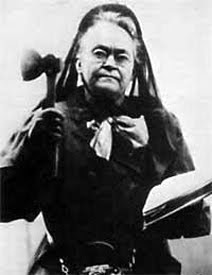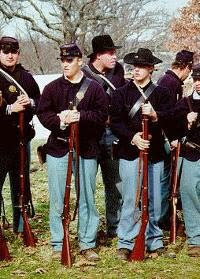It was a very good year . . .

My current work in progress (a western) is set in the year 1871. Here’s what else was happening: History Congress enacts a Reconstruction law regarding elections Congress enacts the Ku Klux Klan Act to enforce 14th amendment “Greenbacks” are adopted as legal tender William “Boss” Tweed is convicted of fraud in New York Brigham Young arrested for practicing polygamy Fire obliterates Chicago Race riots against the Chinese erupt in California William I, King of Prussia, is proclaimed German Emperor Paris capitulates; France signs armistice (Franco-Prussian War) France cedes Alsace-Lorraine to Germany The Commune in Paris rules for two months Italian Law of Guarantees allows the pope possession of the Vatican British Act of Parliament legalizes labor unions British Columbia joins Dominion of Canada Basutoland becomes part of Cape Colony Britain annexes diamond fields of Kimberley Rasputin, Russian monk, born (died in 1916) Literature Lewis Carroll: “Through the Looking Glass” Stephen ...













